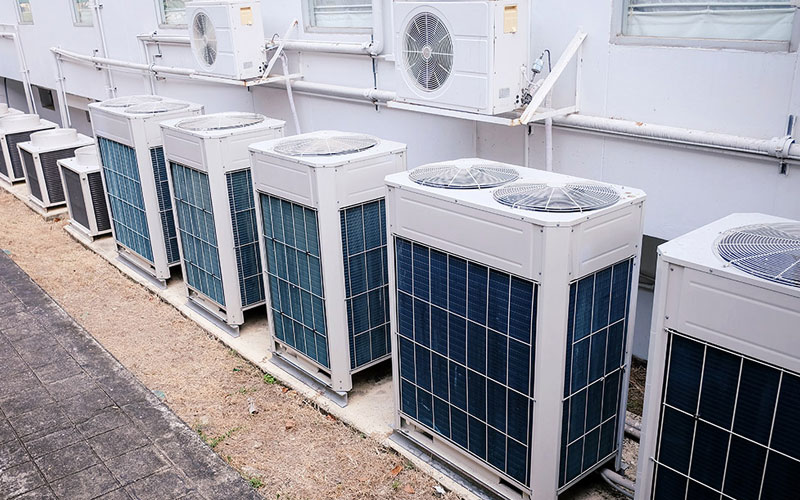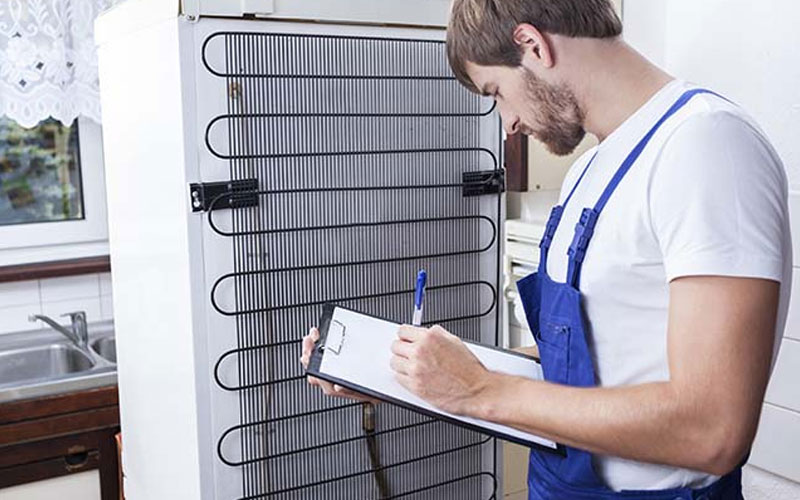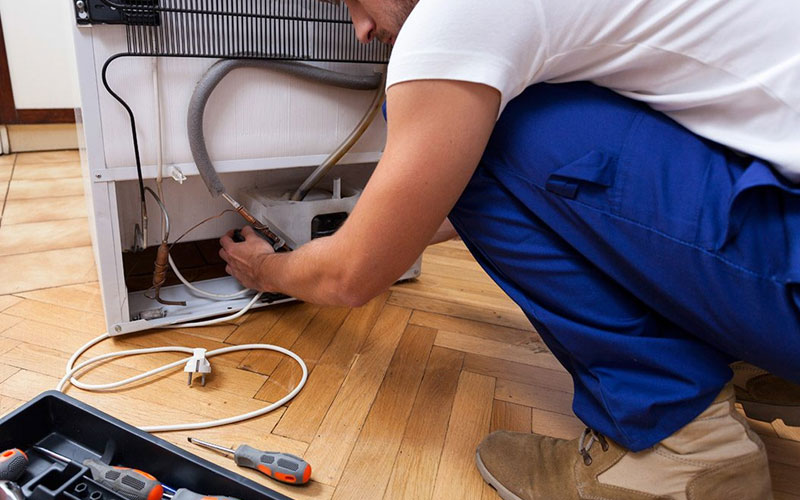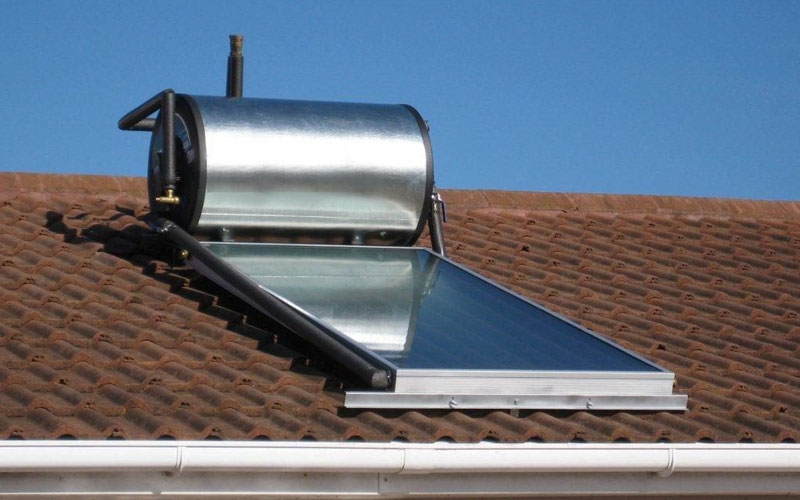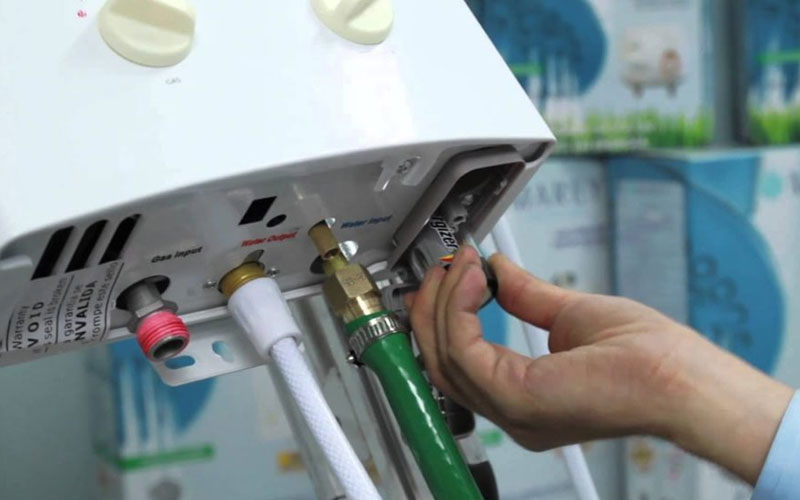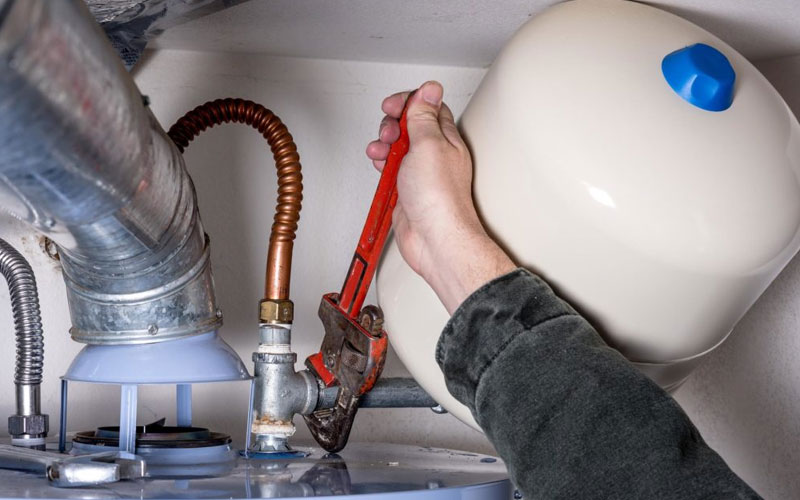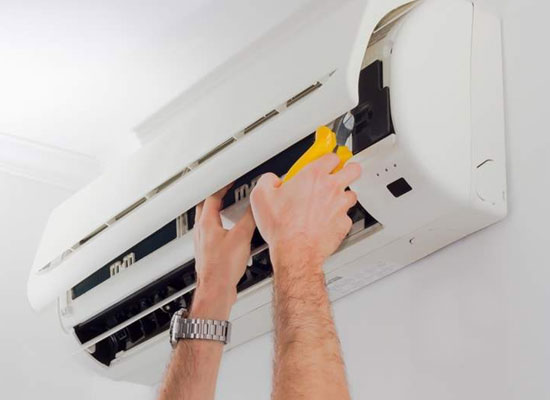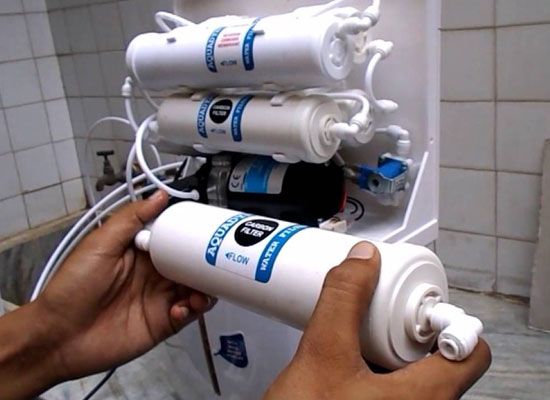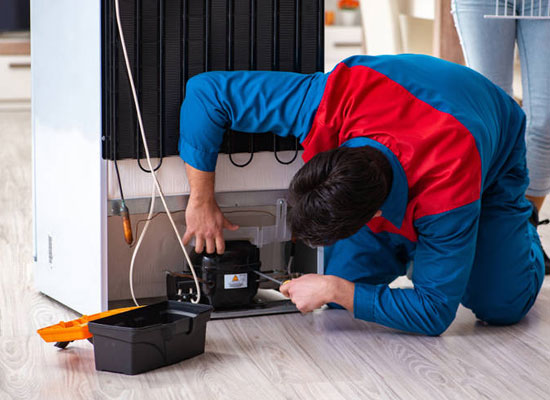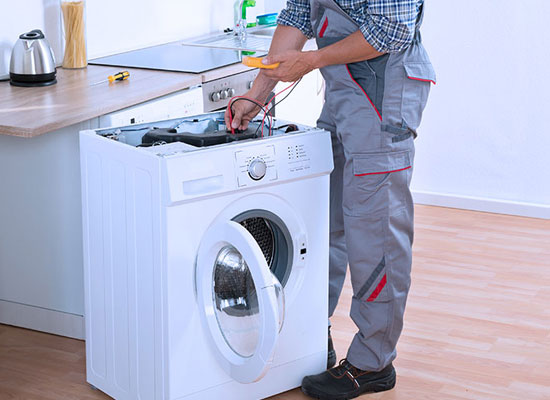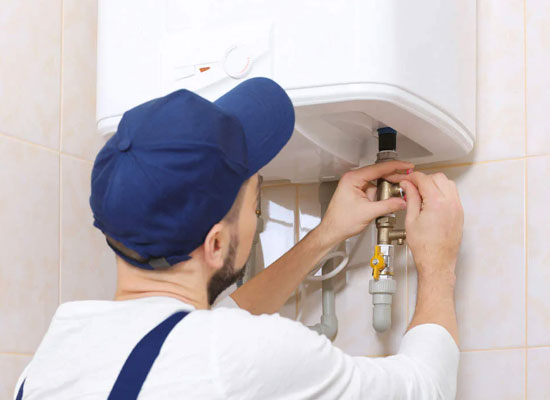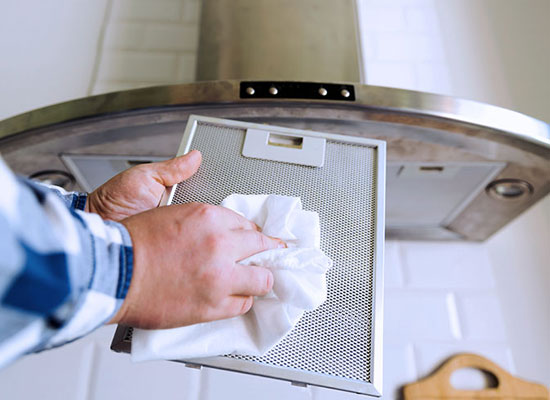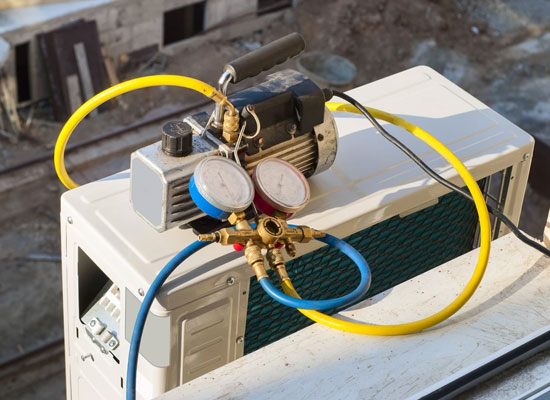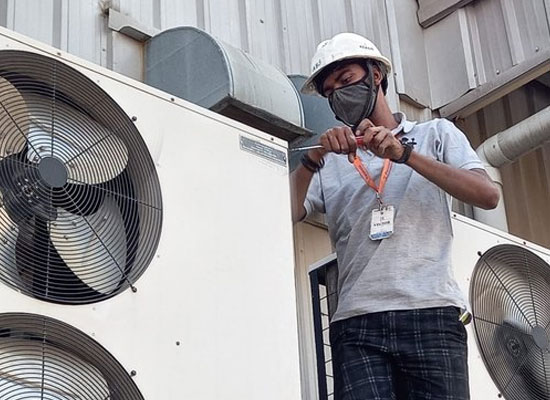Furnace Troubleshooting And DIY Repair
Nothing is worse than having your furnace break down in the middle of cold winter. Swirling snow and dancing leaves are only charming once you are warm and comfy indoors. Winter's real beauty becomes a dismal sight when your rooms temperature is slowly dipping and area repair technicians are just too busy to even answer your call.
Ideally you should need to wait for a furnace technician, however you can still do some simple troubleshooting and DIY repairs. Your furnace technician assesses a downed furnace's problems with a set of easy cues: sight, feel, smell, and sound. From that initial assessment, our technician further identifies and then fixes components that caused these signals to happen in the very 1st place. You can do the same thing.
Not all furnace issues can actually be repaired by the homeowner, though. So, with this guide, you'll also learn to differentiate furnace problems that do require expert attention.
How to Inspect Your Furnace
For year continuously, your furnace faithfully does its job. When the thermostat gives the signal, the furnace turns on, heats up, and then blows warm air throughout your house. It does this day in, day out. In the heart of winter, it's going to be running 24 hours on a daily basis. In cold locales, it's going to be on constantly from late September to early April. That is quite a lot to ask of a machine. And when is the last time you actually looked at it?
When you go to the furnace room, keep your senses in tune because you'll be using all of them. Bring a bright flashlight. You need to ensure that the thermostat is turned up high enough so that the furnace will be running without any issues.
Here is what you ought to experience if your furnace is running in tip-top condition.
What You Will See
Around the furnace, the floor and walls will actually be relatively clean. Dust around the furnace will be quite normal, furnace room or basement debris – mouse droppings, dust, cobwebs, etc. It will actually not be sooty or the by-product of combustion.
The flue will be quite straight, undented, with no gaps or holes.
When you look at the pilot light and flame (for gas furnaces), you'll see a steady blue flame. In the motor region, the fan belt will be really solid and pliable (not hard and cracked).
What You Will Touch
While there will be an imbalance in temperatures between different heating registers, this should not be a gross imbalance.If you have access, feel the side of your warm air duct at several points down the line to assess temperature drop-off. Moreover, the side of your return air duct will always feel cool to the touch.
First of all you should turn off electricity to your furnace by flipping the kill switch or turning off the circuit breaker. When you reach the motor region and press on the furnace blower fan belt, it should feel firm and can depress about 1/4-inch or less.
What You Will Smell
Ideally, you will smell nothing. But it's common to smell singed dust, especially during the primary heating cycle of cold season or after you come back from a long vacation during cold season. Dust that has collected on the heating element is burned off, producing a little pungent odor that dissipates quickly, usually in less than 20 minutes.
It is also quite common for a furnace to smell really musty. Filters can get moldy, and when air is passed through them, this smell is dispersed throughout the house and may go away soon.
What You Will Hear
When a furnace is working properly, it'll make lots of sounds. In fact, sounds mean that your furnace is functioning the proper way – but these need to be the right sounds.
One of the most common sound that you will hear is the low, continuous whoosh of the draft inducer. It will precede the firing of the burners by about one minute in order to filter out combustion gasses from the previous heating cycle.
Generally, popping as well as banging are related to the metal of the furnace housing or the metal ductwork cooling down and contracting, similar to the hood of a car after the engine has been shut down.
Metallic rattling is common, however only from areas outside of the furnace itself, typically heating registers rattling when air is being forced through them.
Identify by Sight
Many furnace problems are often diagnosed purely by visual inspection. Before even touching the furnace, check for:
Correct Flame Color:
The flame should be pure blue, not yellow or orange or perhaps streaked with yellow or orange . Anything other than blue indicates partial combustion.
Properly-Drawing Flue:
The flue is actually the metal or PVC chimney that carries potentially toxic, partially combusted gasses from the furnace to the exterior. In addition, the furnace flue should be intact, undamaged, and with absolutely no holes or vermin activity.
Normal Debris, Not Soot:
You should really not find ashes or gravely cinder-type soot anywhere near the combustion area of the furnace. If there's any debris, it should be the usual type found in furnace areas, like cobwebs, dust, mouse droppings, etc.
Relatively Clean Filter:
All furnace filters are quite dirty; collecting debris is actually their job. However if your recently-changed filter, and it is excessively clogged, the area near your return vent may be too dirty (like near an exterior door).
Identify by Touch
Touch is another sense you can easily call into play to diagnose furnace issues.
Ducts:
If you really have access to both the return air as well as warm air ducts (like in a basement or crawl space), touch both of them after the system has been running for 10 minutes. The return air duct should be cool; the warm air duct will actually be hot near the furnace but warm farther down the line.






